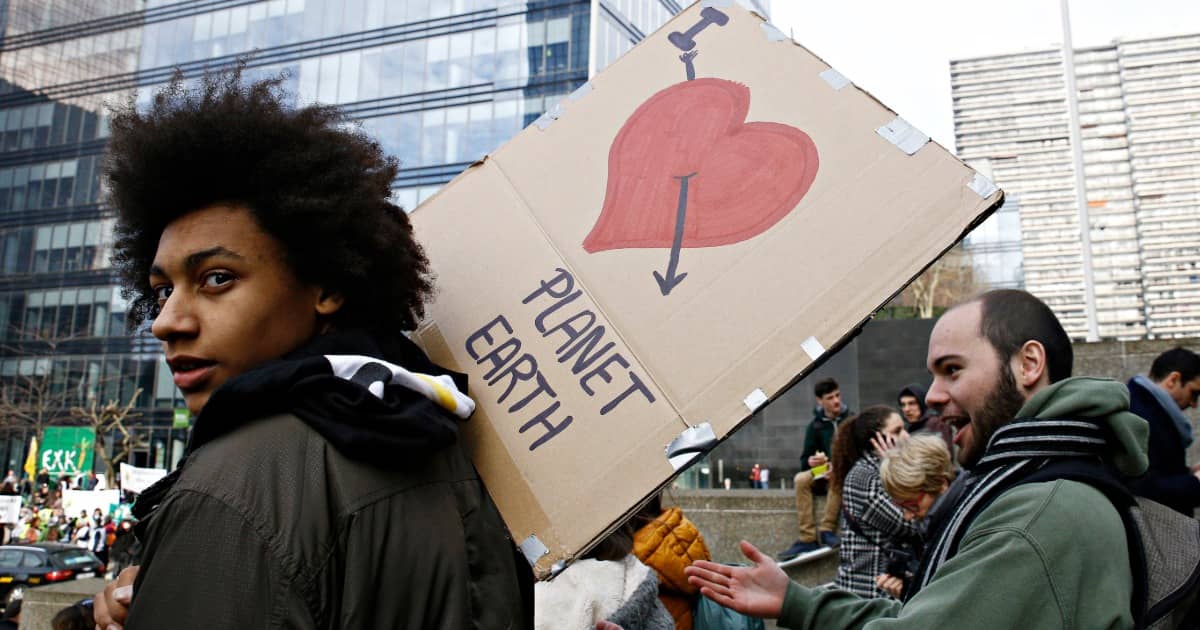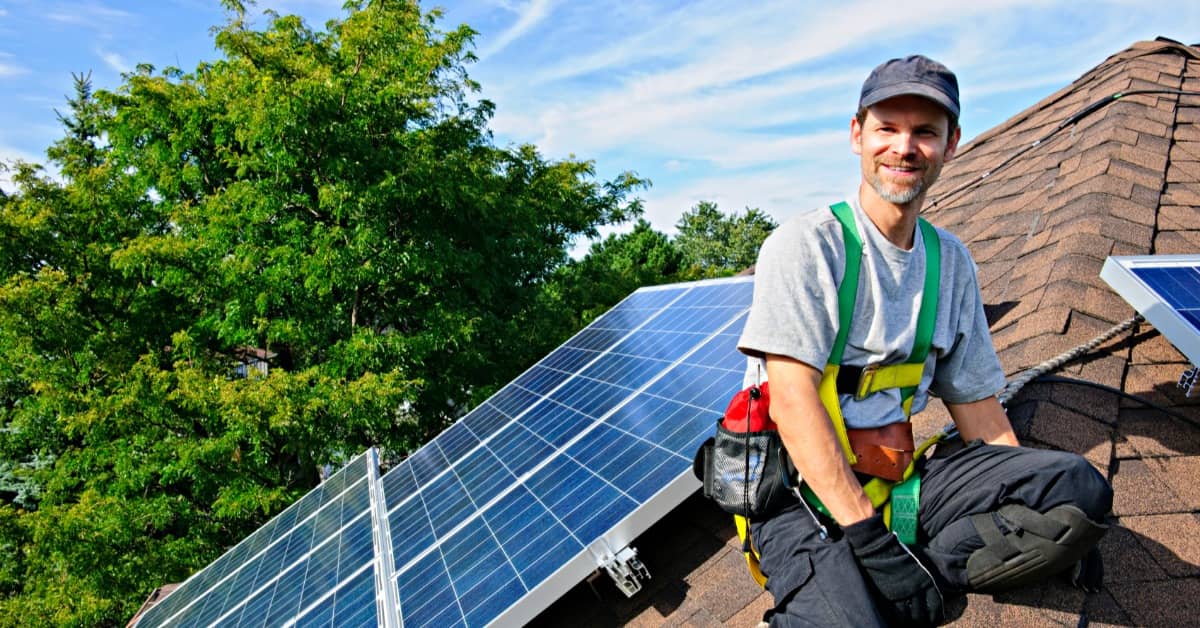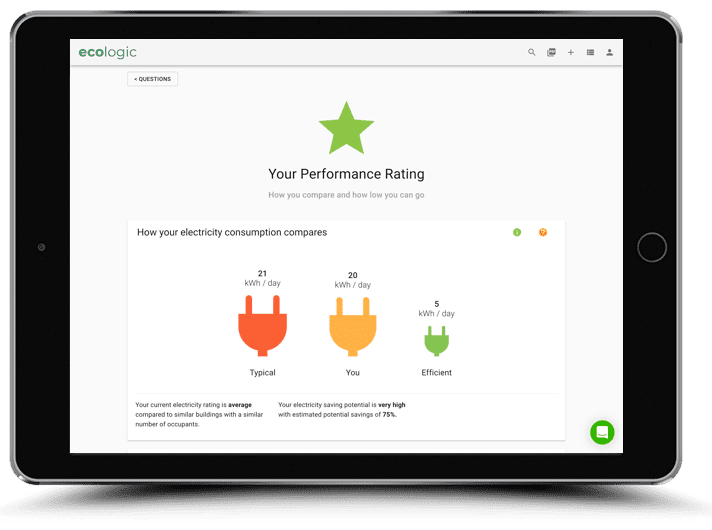Understanding your carbon footprint can empower you with the information you need to slash your personal contribution to climate change. It can also help you understand the sorts of changes we need to see across our society.
This guide helps you identify which activities are likely to drive your carbon footprint, beginning with the big three sources of personal greenhouse gas emissions, food, transport and energy.

Food
Your diet doesn't only drive how healthy you feel, it is also one of the biggest drivers of your carbon footprint.
The main driver of the carbon footprint of your food is the amount of meat and dairy in your diet. The average person in developed countries such as the USA, Australia and Europe consumes almost double the recommended dietary intake of protein. To make matters worse, most of our excessive protein consumption is from meat and dairy foods which have 10 to 50 times the greenhouse gas emissions of an equivalent amount of plant-based protein. By reducing meat and dairy in your diet (and particularly reducing beef and lamb) you'll not only slash your carbon footprint, you'll likely feel a lot healthier too.
Food waste is another important driver. Over a third of the food we produce globally ends up being wasted and most food waste is disposed to landfill where it is converted into methane, a powerful greenhouse gas. To reduce the carbon footprint of your food waste we therefore recommend only buying the food that you eat and composting your food scraps.
Contrary to popular belief, 'food miles' (i.e. the distance travelled by your food from farm to your plate) is generally a poor indicator of the carbon footprint of your diet. This is because transport emissions are generally a tiny fraction of the overall carbon footprint of food. Agricultural processes and land use change are generally far more significant drivers of climate change than food transport so it is usually a better idea to pay attention to the carbon footprint of the food itself.

Transport
If you're a regular flyer, odds are that air travel is one of the major drivers of your carbon footprint. There are a variety of ways for reducing air travel including 'staycationing' or holidaying closer to home, telecommuting for work, or simply by grouping multiple work and personal trips to reduce unnecessary flights.
Commuting by car can also be a quick way to clock up your carbon footprint. Switching to more active transport such as walking, cycling or public transport is a great way to slash your carbon footprint while reducing your travel expenses and improving your health and wellbeing.
If you do need to drive some simple steps can help you drive efficiently including avoiding excessive acceleration and braking and driving a well-maintained, fuel-efficient or electric vehicle.

Energy
The energy you use to power your home is likely to be another big driver of your carbon footprint and the biggest energy hogs in your home are likely to be your heating, your cooling and your water heating.
Simple steps to reduce your heating and cooling include sealing drafts, installing insulation, shading windows in summer, wearing climate-appropriate clothing and using an efficient heating and cooling system.
Simple steps to reduce your water heating include using a water-efficient showerhead, keeping your showers short, using cold water when washing your clothes and purchasing a heat pump water heater.
If you have access to unshaded roof space then a rooftop solar system is a good idea, with most systems paying for themselves in 3-5 years.

Going deeper
Once you've got your diet, transport and energy footprint under control there are a variety of ways you can further trim your carbon footprint and go carbon neutral.
For your remaining energy-related carbon footprint you can switch to green power and ensure your electricity retailer purchases energy from renewable energy sources such as wind and solar.
For other emission sources you can buy carbon offsets which means a company implements activities that reduce greenhouse gas emissions to offset your emissions such as by installing renewable energy, capturing methane gas from landfill waste or providing efficient cooking stoves.
You can also shift your investments and superannuation to funds that support ethical, low-carbon or carbon-neutral businesses.
You can also join a local climate action group to scale your impact and reduce the carbon footprint of your community.

Next steps
If this all seems confusing then don't worry; we have prepared an app to help you calculate and reduce your carbon footprint. You begin by answering a targeted set of questions about your household. We then provide a personalised benchmark and breakdown of your carbon footprint. We then help you reduce your carbon footprint by providing a tailored plan and ongoing support to help you get your carbon footprint under control. The service is free and only takes around 15-20 minutes.
What's the catch?
We are able to offer the service for free thanks to small commissions paid by our suppliers when you engage them using this service. Our suppliers are independently assessed based on value, quality and customer service and our suppliers guarantee that they will provide a similar or lower price through this platform than their general customers. You are under no obligation to engage our suppliers and your details won't be forwarded to suppliers without your express permission. We treat your details as private and take it very seriously, for further details see our privacy policy